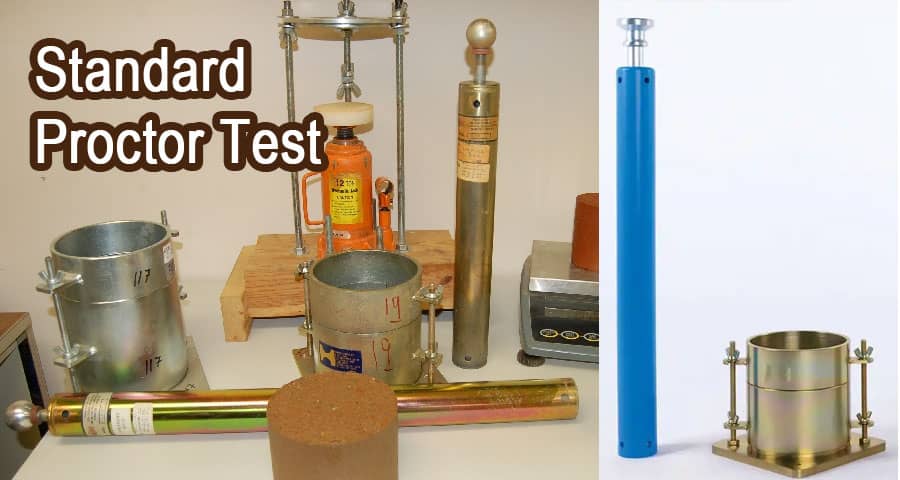Standard Proctor Test: Procedure, Advantages, and Applications

The Standard Proctor Test, also known as the Proctor Compaction Test, is a fundamental geotechnical test used to determine the optimal moisture content and maximum dry density of soil. This test is invaluable in civil engineering, construction, and geotechnical investigations.
Understanding Soil Compaction
Soil compaction is a critical process in construction and civil engineering. It involves increasing the density of soil by removing air voids. Properly compacted soil provides a stable foundation for structures and prevents issues like settlement and soil erosion.
Procedure of the Standard Proctor Test
Equipment Required
Before performing the Standard Proctor Test, gather the following equipment:
- Standard Proctor compaction mold with a detachable base and collar
- Standard Proctor rammer with a mass of 2.5 kg and a free fall height of 30.5 cm
- Soil sample
- Balance with a sensitivity of 0.01 g
- Sieve with 4.75 mm openings
- Mixing tools
- Moisture cans
- Oven
Test Steps
- Sample Collection: Obtain a representative soil sample from the site.
- Sample Preparation: Air-dry the sample and break it down into smaller particles. Remove any organic materials or foreign particles.
- Sieve Analysis: Perform a sieve analysis to determine the particle size distribution of the soil.
- Moisture Content: Determine the natural moisture content of the soil sample.
- Compaction: Place a known mass of the soil sample into the Proctor compaction mold in layers. Each layer is compacted by dropping the Proctor rammer a specific number of times.
- Moisture Variation: Repeat the compaction process for different moisture contents, typically ranging from dry to wet.
- Measurement: Measure and record the dry density and moisture content for each compaction effort.
- Plotting: Plot a curve with dry density on the y-axis and moisture content on the x-axis. The peak of this curve represents the maximum dry density and the corresponding moisture content.
Advantages of the Standard Proctor Test
- Ensuring Soil Stability: The Standard Proctor Test helps engineers determine the moisture content at which soil achieves its maximum density. This information is crucial for ensuring soil stability under various construction loads.
- Cost Savings: By optimizing soil compaction, construction projects can reduce the amount of fill material required, resulting in cost savings.
- Quality Control: The test provides a reliable method for quality control during construction, ensuring that the specified compaction requirements are met.
Applications of the Standard Proctor Test
- Road Construction: The Standard Proctor Test is widely used in road construction to determine the compaction characteristics of subgrade soils. Properly compacted subgrade ensures the longevity of roads.
- Foundation Design: In foundation design, the test helps engineers select suitable backfill materials and ensures that the soil can support the weight of the structure.
- Landfill Construction: Landfills require compacted soil layers to prevent leachate migration and maintain stability. The Standard Proctor Test aids in designing and monitoring landfill construction.
- Earthwork Projects: In earthwork projects like dams and embankments, the test is essential to achieve the required soil density for structural integrity and stability.
In conclusion, the Standard Proctor Test is a fundamental tool in geotechnical engineering and construction. It enables engineers to determine the optimal moisture content and maximum dry density of soil, ensuring stability and cost-effective construction. This test finds applications in a wide range of civil engineering projects, from road construction to landfill design, and plays a vital role in achieving safe and durable structures.
